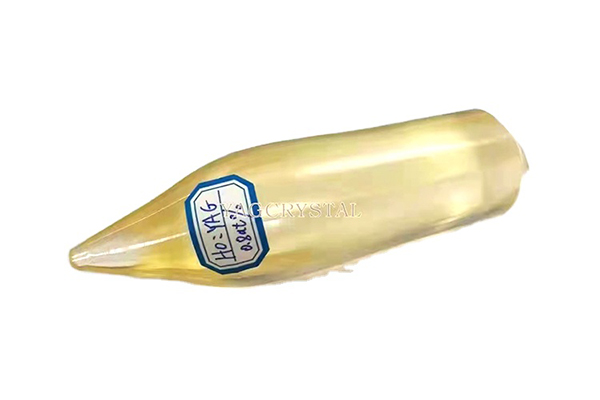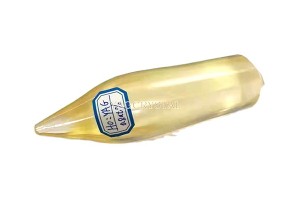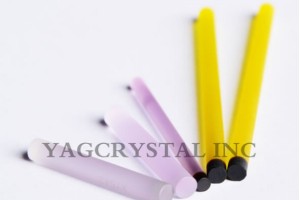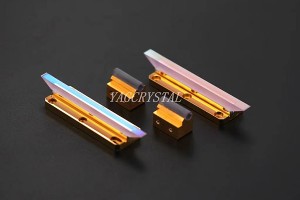Ho:YAG — An Efficient Means To Generate 2.1-μm Laser Emission
Product Description
Laser thermokeratoplasty (LTK) has developed rapidly in recent years. The basic principle is to use the photothermal effect of laser to make the collagen fibers around the cornea shrink and the central curvature of the cornea become kurtosis, so as to achieve the purpose of correcting hyperopia and hyperopic astigmatism. Holmium laser (Ho:YAG laser) is considered to be an ideal tool for LTK. The wavelength of Ho:YAG laser is 2.06μm, which belongs to the mid-infrared laser. It can be effectively absorbed by corneal tissue, and the corneal moisture can be heated and the collagen fibers can be shrunk. After photocoagulation, the diameter of the corneal surface coagulation zone is about 700μm, and the depth is 450μm, which is just a safe distance from the corneal endothelium. Since Seiler et al. (1990) first applied Ho:YAG laser and LTK in clinical studies, Thompson, Durrie, Alio, Koch, Gezer and others successively reported their research results. Ho:YAG laser LTK has been used in clinical practice. Similar methods to correct hyperopia include radial keratoplasty and excimer laser PRK. Compared with radial keratoplasty, Ho:YAG appears to be more predictive of LTK and does not require the insertion of a probe into the cornea and does not cause corneal tissue necrosis in the thermocoagulation area. Excimer laser hyperopic PRK leaves only a central corneal range of 2-3mm without ablation, which may lead to more blinding and night glare than Ho: YAG LTK leaves a central corneal range of 5-6mm.Ho:YAG Ho3+ ions doped into insulating laser crystals have exhibited 14 inter-manifold laser channels, operating in temporal modes from CW to mode-locked . Ho:YAG is commonly used as an efficient means to generate 2.1-μm laser emission from the 5I7- 5I8 transition, for applications such as laser remote sensing, medical surgery, and pumping Mid-IR OPO's to achieve 3-5micron emission. Direct diode pumped systems and Tm: Fiber Laser pumped systems[4] have demonstrated hi slope efficiencies, some approaching the theoretical limit.
Basic Properties
| Ho3+ concentration range | 0.005 - 100 atomic % |
| Emission Wavelength | 2.01 um |
| Laser Transition | 5I7 → 5I8 |
| Flouresence Lifetime | 8.5 ms |
| Pump Wavelength | 1.9 um |
| Coefficient of Thermal Expansion | 6.14 x 10-6 K-1 |
| Thermal Diffusivity | 0.041 cm2 s-2 |
| Thermal Conductivity | 11.2 W m-1 K-1 |
| Specific Heat (Cp) | 0.59 J g-1 K-1 |
| Thermal Shock Resistant | 800 W m-1 |
| Refractive Index @ 632.8 nm | 1.83 |
| dn/dT (Thermal Coefficient of Refractive Index) @ 1064nm |
7.8 10-6 K-1 |
| Molecular Weight | 593.7 g mol-1 |
| Melting Point | 1965℃ |
| Density | 4.56 g cm-3 |
| MOHS Hardness | 8.25 |
| Young’s Modulus | 335 Gpa |
| Tensile Strength | 2 Gpa |
| Crystal Structure | Cubic |
| Standard Orientation | |
| Y3+ Site Symmetry | D2 |
| Lattice Constant | a=12.013 Å |










